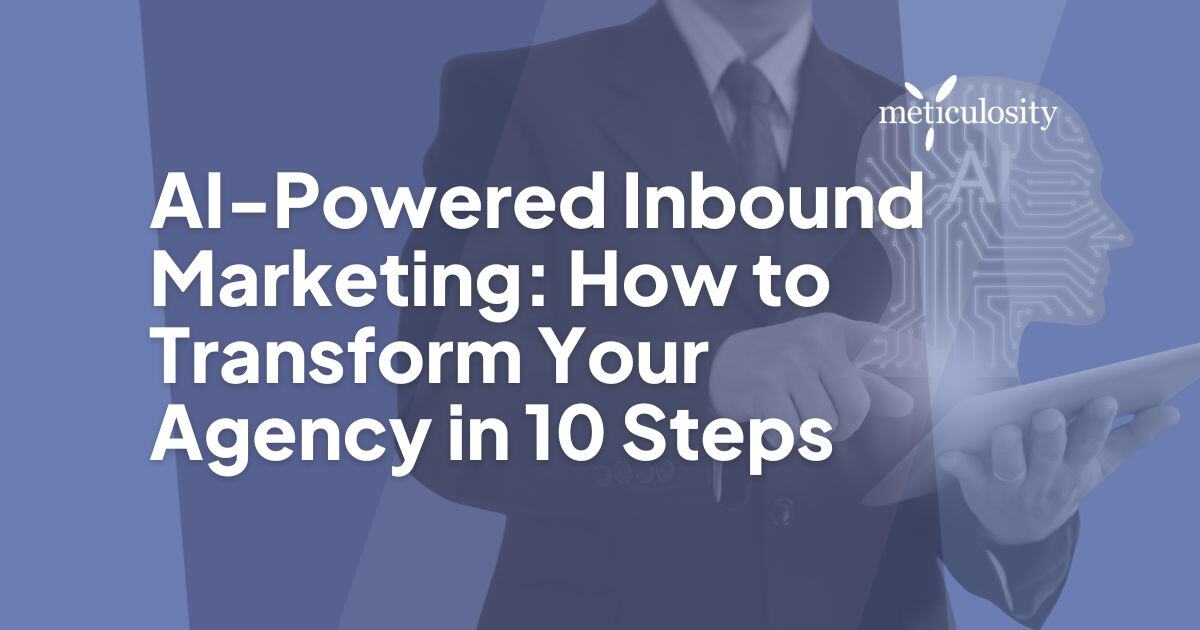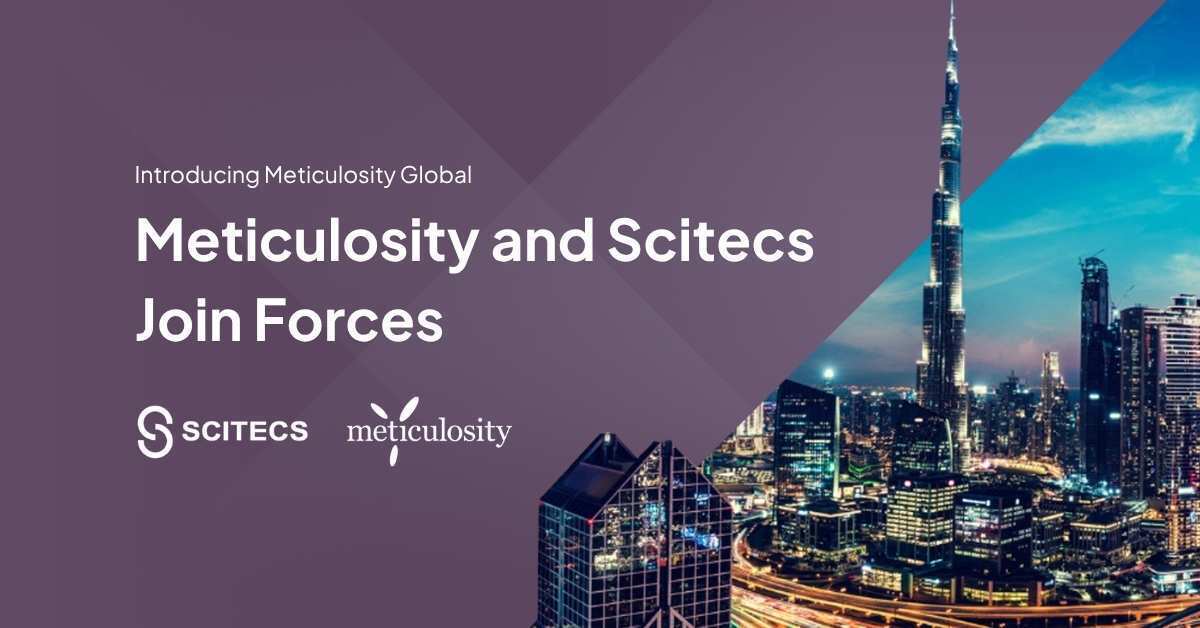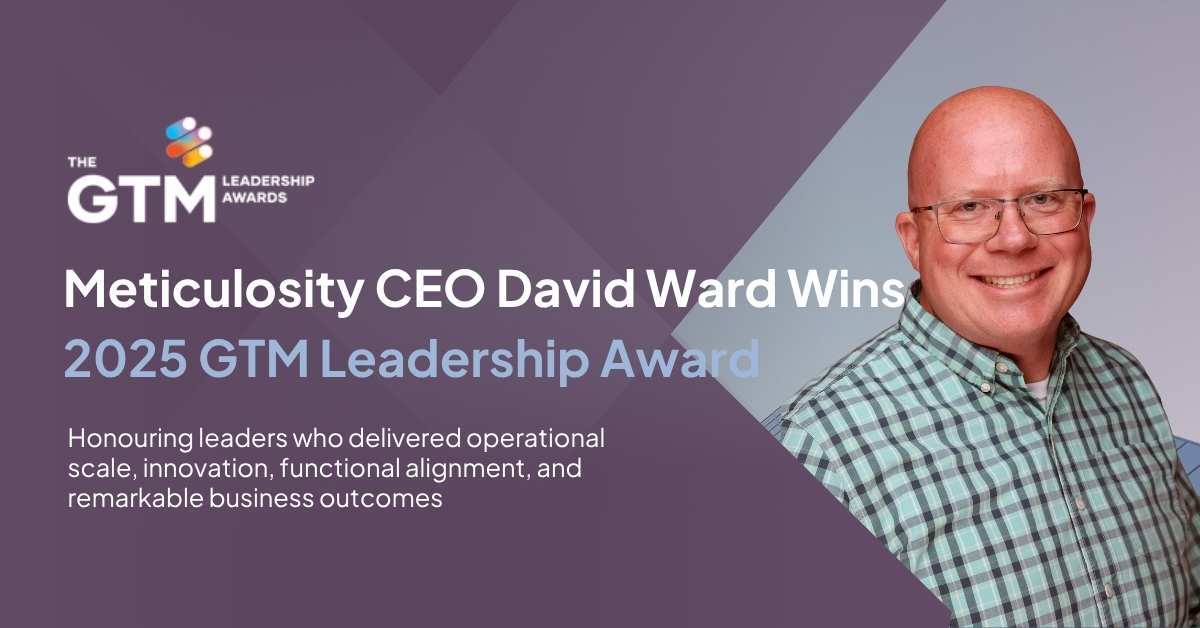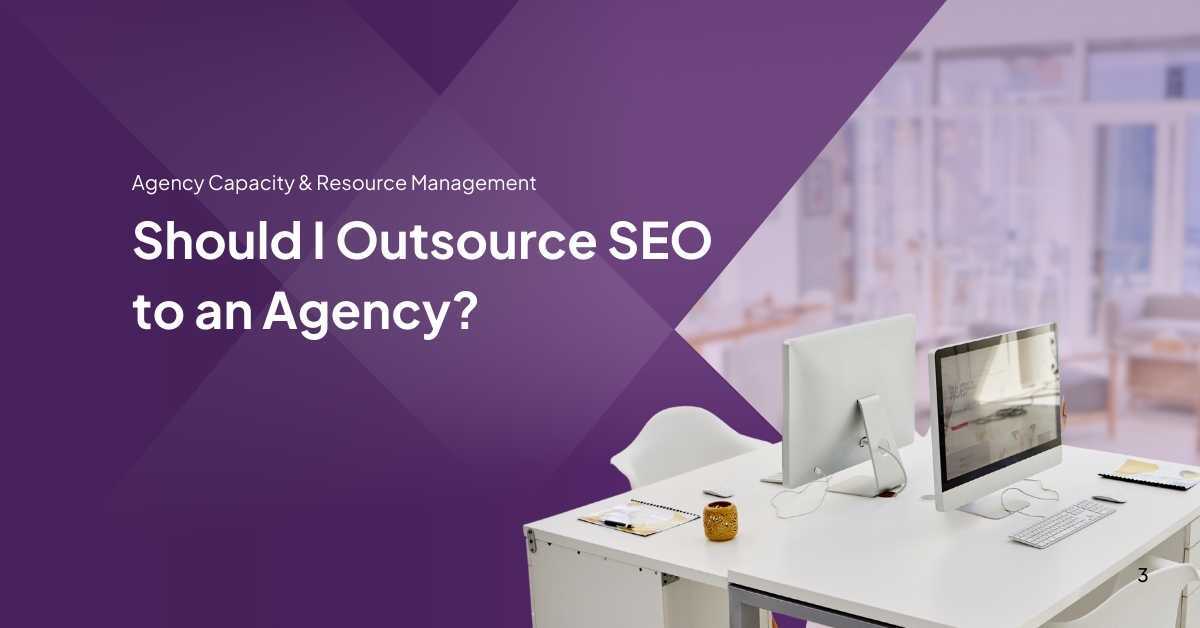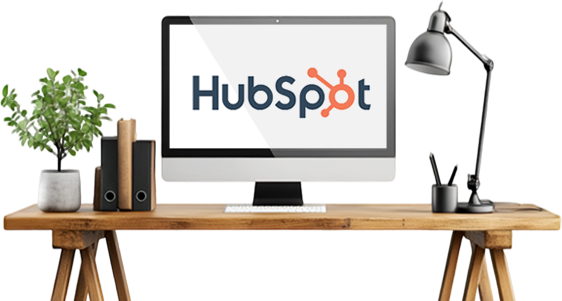Staying ahead requires leveraging cutting-edge technology—and AI is leading the charge. For agencies, integrating AI into inbound marketing strategies isn’t just an advantage; it’s becoming a necessity. This blog will guide you through 10 practical steps to transform your agency with AI, revolutionizing your approach to marketing while driving exceptional results.
Explore Agency Automation Solutions to see how you can scale your efforts with AI.
Step 1: Assess Your Agency’s Current Marketing Strategy
Before diving into AI, take a hard look at your existing marketing strategy. Where are inefficiencies slowing you down? Are there repetitive tasks eating up your team’s time? AI excels at streamlining workflows and improving accuracy. Identify these gaps and imagine how automation and advanced analytics could transform your operations.
Step 2: Choose the Right AI Tools for Your Agency
The right tools can make or break your AI strategy. From content creation platforms like ChatGPT to analytics solutions such as Tableau or HubSpot’s AI-powered features, selecting scalable, integrative tools is crucial. Here are some top AI tools to consider:
-
Content Creation and Optimization:
- Jasper AI: Ideal for creating blogs, social media posts, and email campaigns.
- Grammarly: Enhances written content with AI-powered grammar and style suggestions.
- Clearscope: Focuses on SEO content optimization with real-time keyword recommendations.
-
Analytics and Insights:
- Tableau: Provides advanced data visualization and analytics.
- HubSpot AI: Offers robust analytics and predictive insights tailored for marketing.
- Looker: Enables detailed reporting and data-driven decision-making.

-
Marketing Automation:
- Marketo Engage: Facilitates lead management, email marketing, and automated workflows.
- ActiveCampaign: Combines email marketing with sales automation.
- Zapier: Connects various tools for seamless workflow automation.
-
Personalization and Customer Experience:
- Adobe Sensei: Powers personalization through AI-driven recommendations.
- Dynamic Yield: Offers real-time personalization for web and app experiences.
Consider your agency’s unique needs and choose platforms that align with your goals and existing tech stack.
Step 3: Use AI for Data-Driven Audience Insights
AI thrives on data, uncovering patterns and trends that might go unnoticed. Leverage AI tools to analyze customer behavior, preferences, and engagement metrics. Predictive analytics can help you understand not only what your audience wants but also what they’ll need next, enhancing targeting and decision-making.
Step 4: Automate Content Creation and Optimization
Content remains king, and AI can help you create it faster and smarter. Use AI-powered platforms to generate blogs, social media posts, and email campaigns. Tools like Jasper AI or ChatGPT can enhance your SEO strategy with keyword suggestions and topic optimization, ensuring your content ranks higher and resonates with your audience.
Step 5: Personalize Customer Experiences at Scale
AI allows for hyper-personalization, tailoring experiences to individual preferences without added effort. Use AI to segment audiences dynamically and deliver custom messages via email, landing pages, or paid ads. Real-time personalization can significantly increase engagement and conversions.

Step 6: Streamline Marketing Automation with AI
Automation is essential for scaling, and AI takes it a step further. From automating workflows to managing lead nurturing campaigns, AI tools can handle these tasks with precision. Free up your team’s time to focus on strategy while letting AI handle the heavy lifting.
Step 7: Enhance Lead Scoring and Conversion
AI-powered lead scoring goes beyond basic metrics, analyzing patterns and behaviors to prioritize leads most likely to convert. These insights enable your team to focus their efforts effectively, improving conversion rates and shortening sales cycles.
Step 8: Improve Decision-Making with Advanced Analytics
Data is only as valuable as your ability to interpret it. AI analytics tools provide deep insights into campaign performance, ROI, and market trends. Use these insights to refine your strategies, ensuring continuous improvement and better decision-making.
Step 9: Train Your Team on AI Integration
Your team’s ability to leverage AI is critical to success. Provide training on how to use AI tools effectively and integrate them into daily workflows. Foster a culture of adaptability and innovation, encouraging your team to embrace AI as a valuable ally.
Step 10: Continuously Evolve and Innovate with AI
AI technology evolves rapidly, and staying ahead means continuous learning. Regularly audit your AI systems and explore new advancements. Experiment with innovative approaches to ensure your agency remains at the forefront of AI-powered marketing.
Conclusion
AI has the potential to revolutionize your agency’s inbound marketing strategy. By following these 10 steps, you can harness its power to drive efficiency, improve personalization, and deliver measurable results. Embrace AI as a cornerstone of your agency’s growth strategy.
Ready to transform your agency? Discover Agency Automation Solutions to start your AI journey today.
Frequently Asked Questions
1. What is AI-powered inbound marketing, and how does it differ from traditional methods?
AI-powered inbound marketing leverages artificial intelligence to automate, optimize, and personalize marketing efforts. Unlike traditional methods, it uses predictive analytics, machine learning, and real-time insights to enhance decision-making, streamline workflows, and improve audience targeting.
2. How do I know if my agency is ready to integrate AI into its marketing strategy?
Start by assessing your current marketing strategy for inefficiencies, repetitive tasks, and data gaps. If your team spends significant time on manual tasks or lacks deep insights into audience behavior, AI integration can be a game-changer.
3. Which AI tools are best for a small to mid-sized agency just starting with AI?
For small to mid-sized agencies, tools like Jasper AI for content creation, HubSpot AI for analytics and automation, and Zapier for workflow integration are excellent starting points. These tools are user-friendly, scalable, and align with various budgets.
4. How can AI improve content creation for my agency?
AI tools like Jasper AI and ChatGPT can generate high-quality content quickly, optimize it for SEO, and provide data-driven topic suggestions.
5. Will AI replace the need for human marketers?
No, AI is a tool that enhances marketing efforts by automating repetitive tasks and providing insights. Human creativity, strategy, and emotional intelligence remain irreplaceable in crafting compelling narratives and building genuine client relationships.
6. How can AI-powered lead scoring improve my agency’s performance?
AI analyzes patterns and behaviors in your audience to identify high-value leads with precision. This allows your team to focus on leads with the highest conversion potential, improving efficiency and shortening sales cycles.
7. What challenges might I face when implementing AI in my agency, and how can I overcome them?
Common challenges include resistance to change, lack of technical expertise, and difficulty selecting the right tools. Overcome these by fostering a culture of innovation, providing comprehensive training, and starting with simple, scalable AI solutions.
8. How do I ensure my team is prepared for AI integration?
Invest in training programs to help your team understand and use AI tools effectively. Encourage adaptability, innovation, and continuous learning to ensure a smooth transition and long-term success.
9. How often should I review and update my AI-powered marketing strategies?
AI evolves rapidly, so regular audits—ideally every quarter—are essential. Stay informed about advancements in AI technology and adjust your strategies to ensure your agency remains competitive and innovative.
